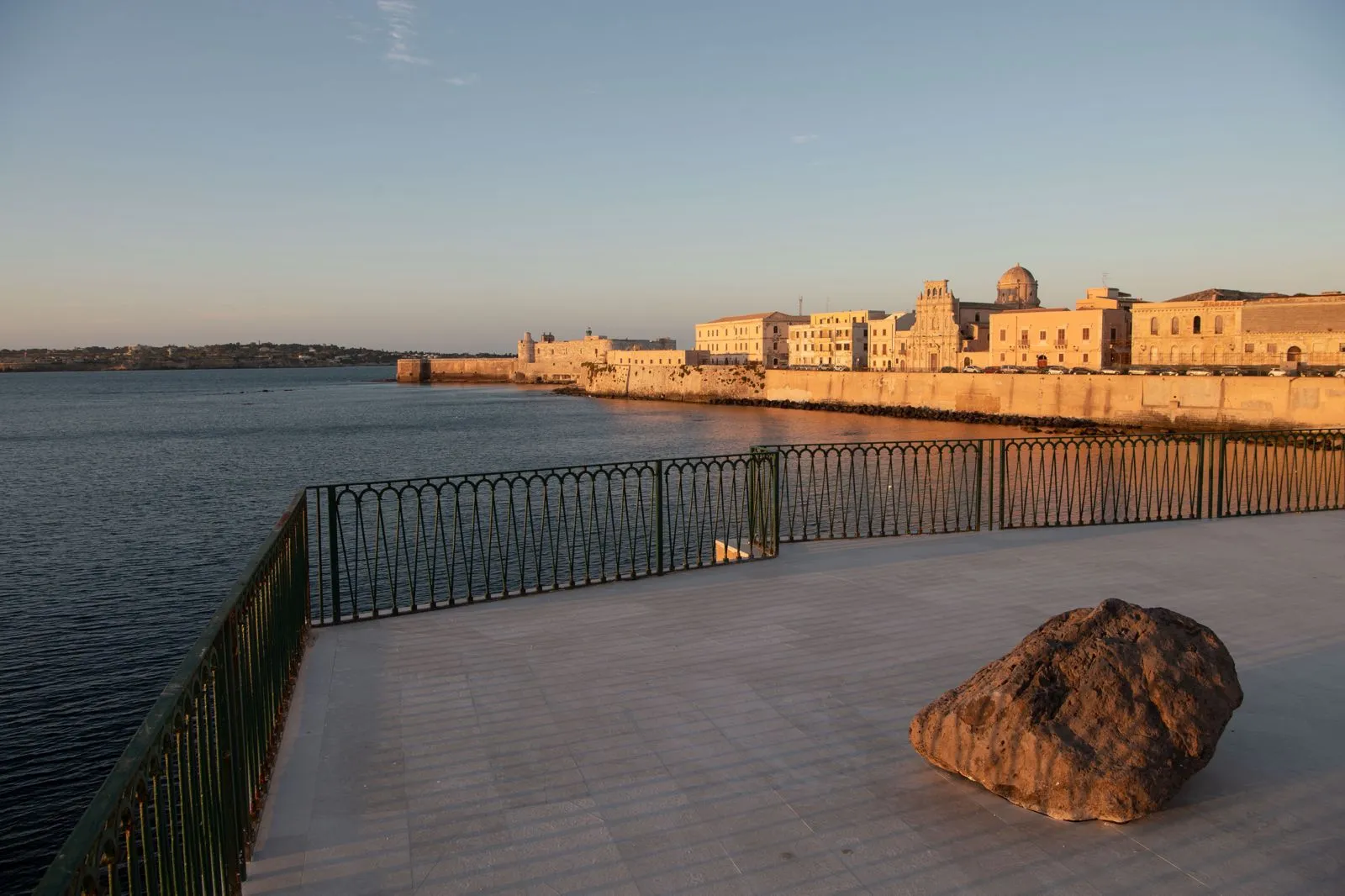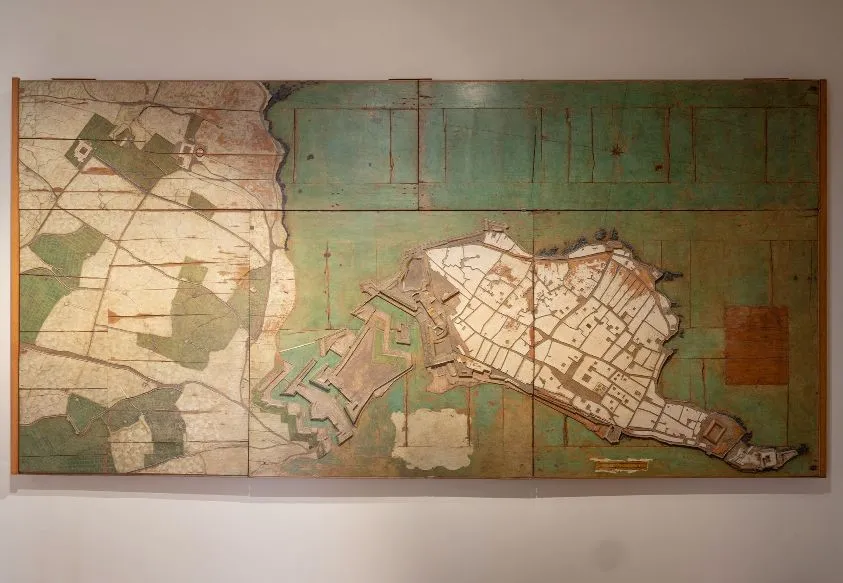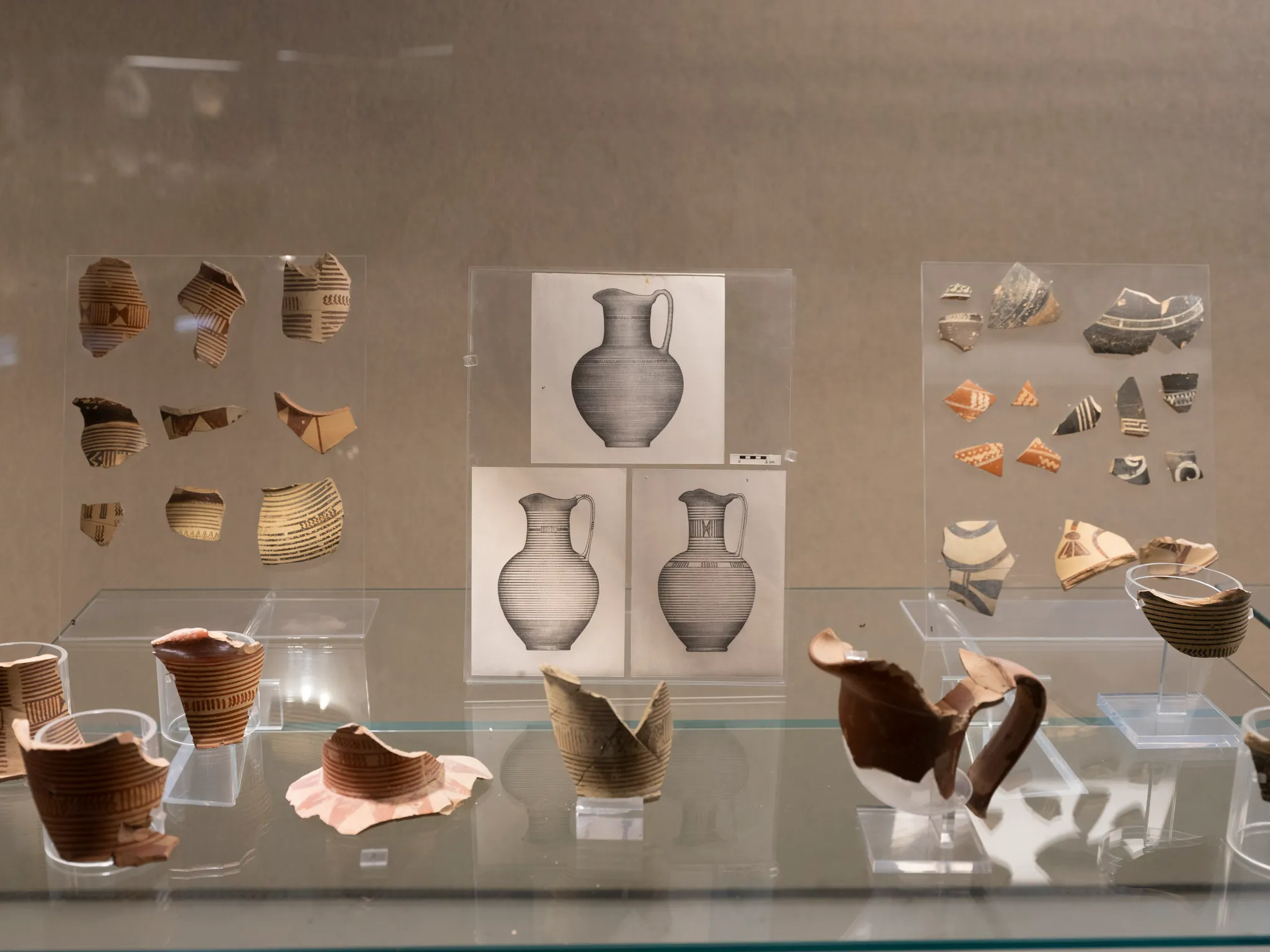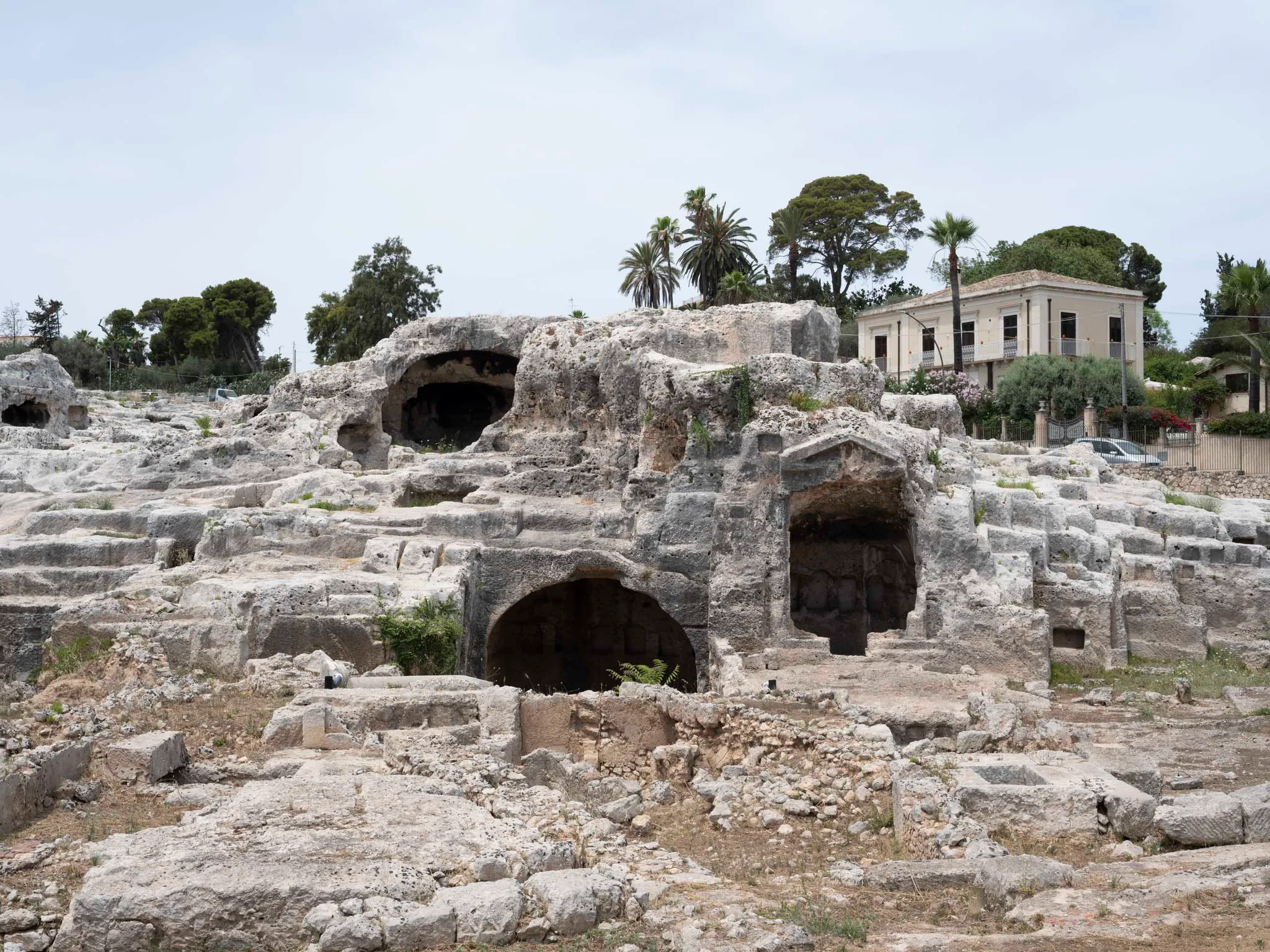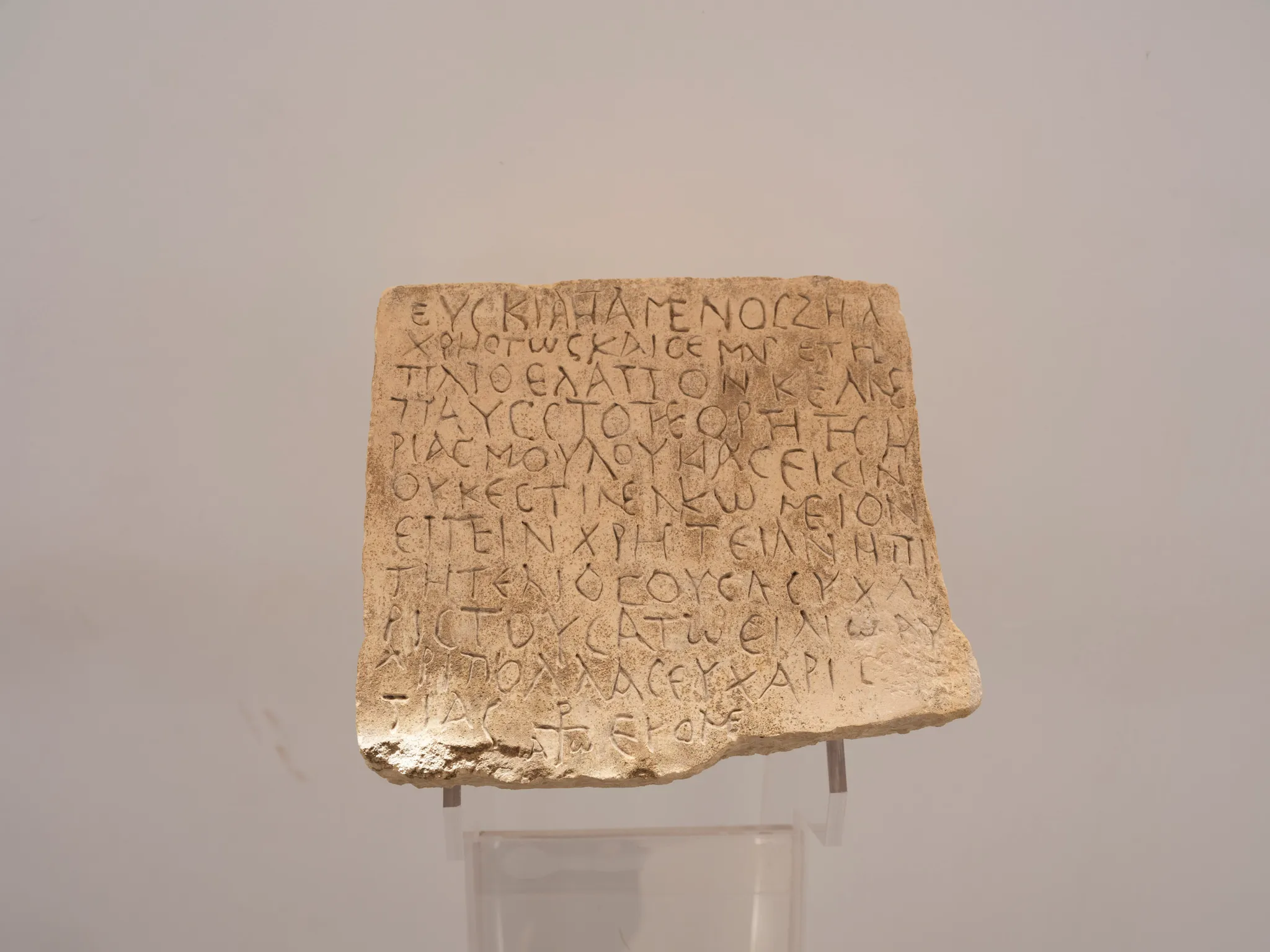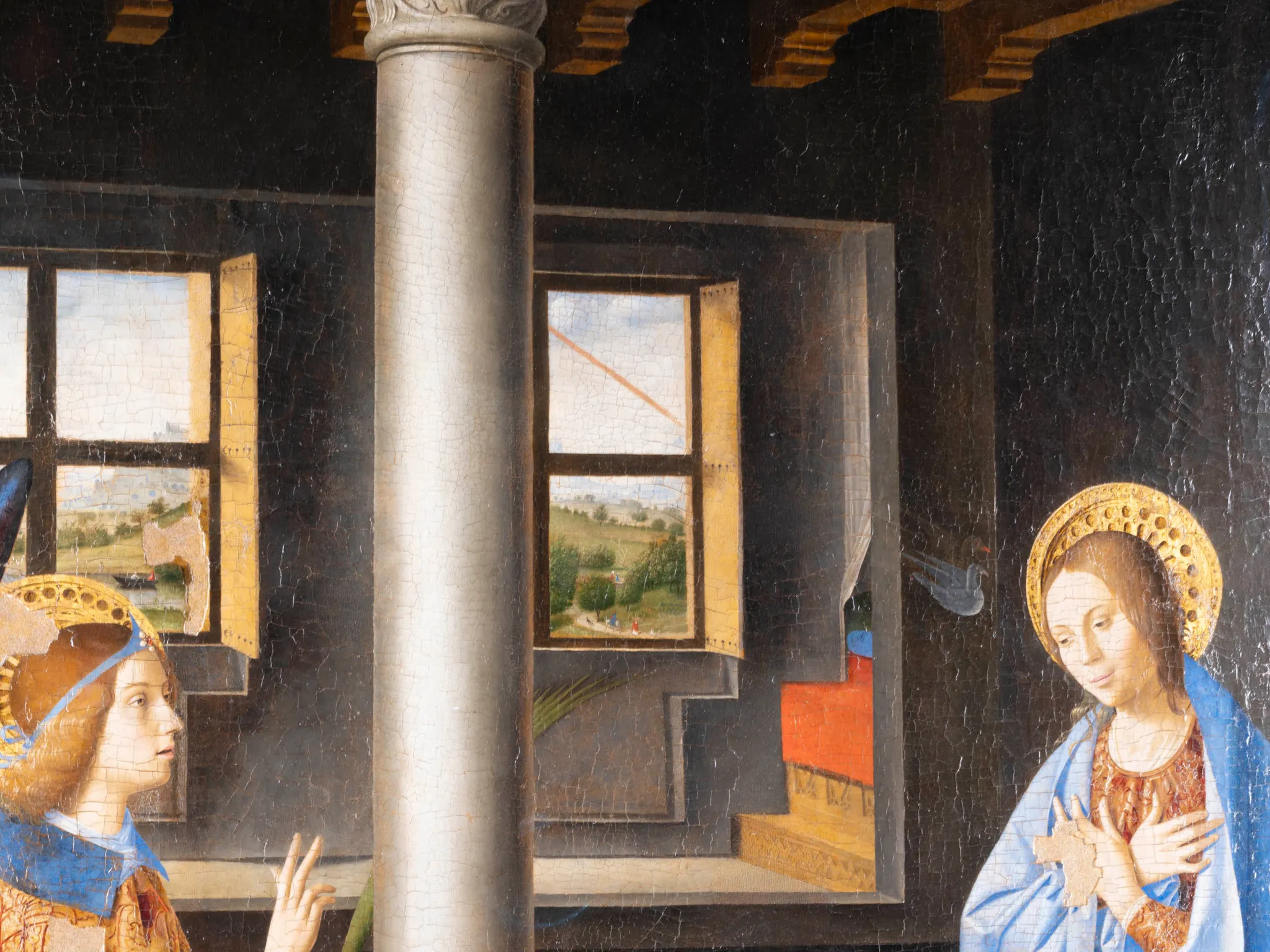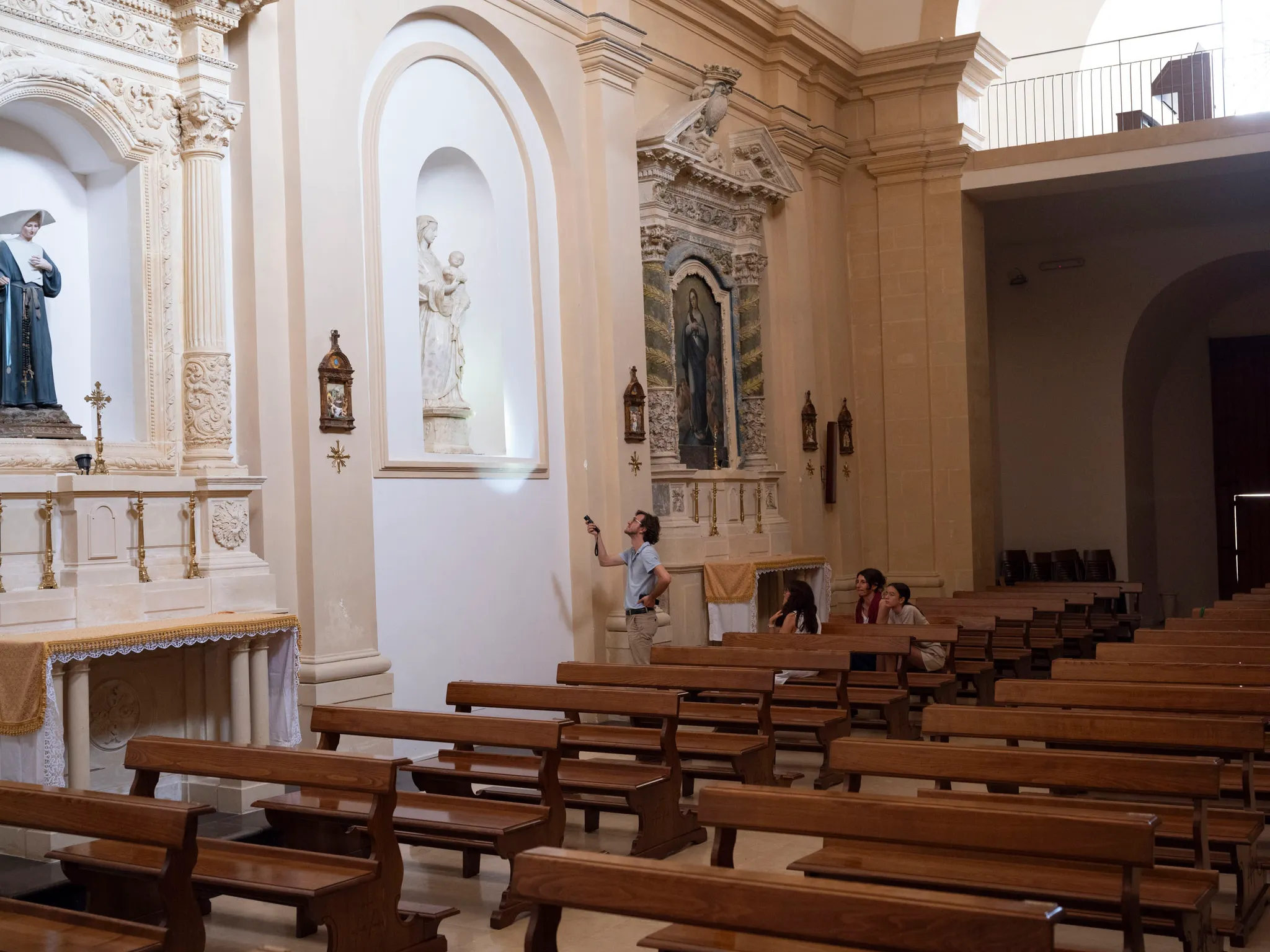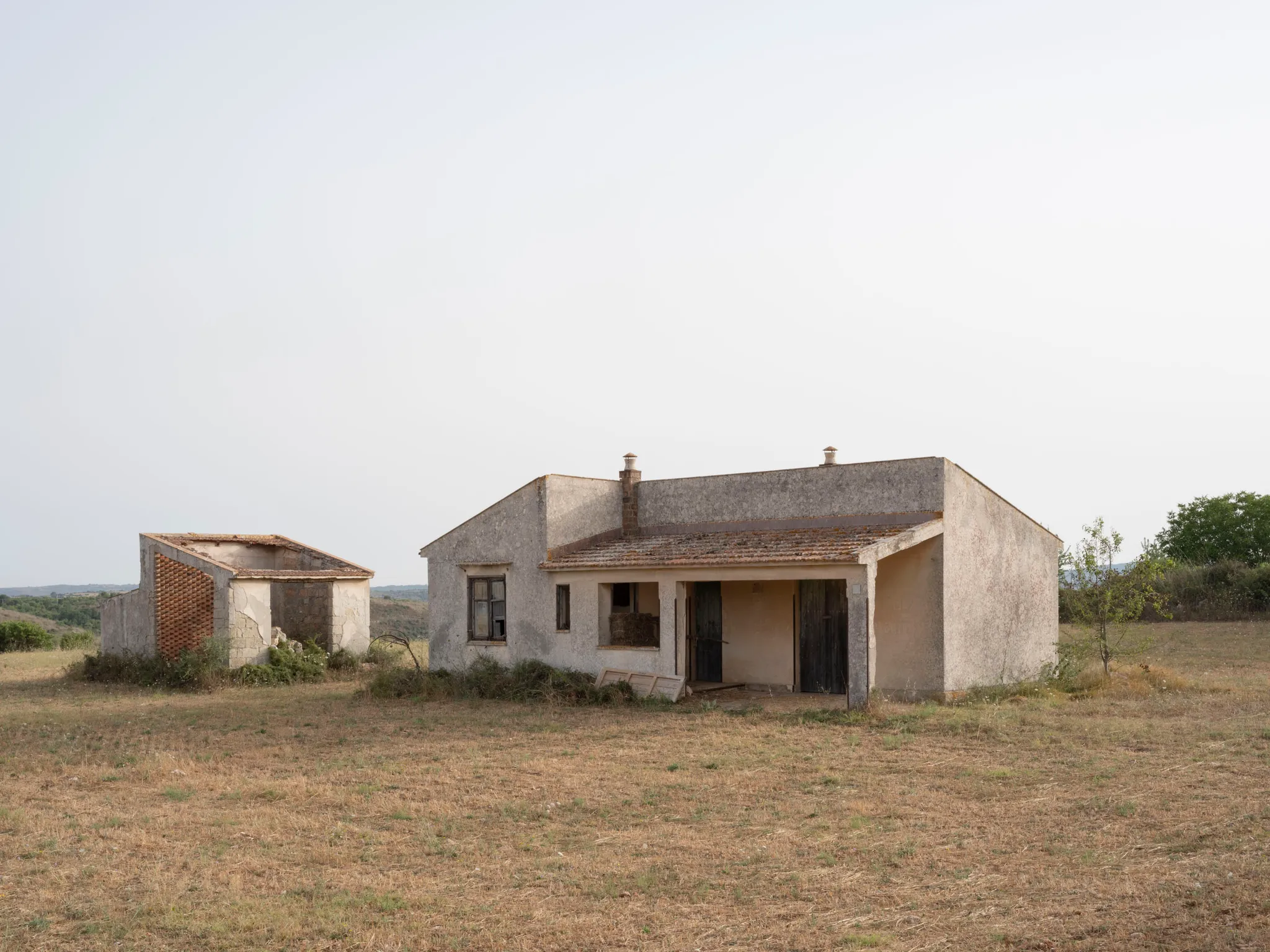Take a map, point the pin of a compass at Syracuse, the graphite at the Strait of Bonifacio and rotate: you will discover that our City is at the geometric center of the Mediterranean. Its centrality with respect to the basin in which Western civilization was formed is not accidental: Syracuse owes its foundation, its millenary history and the continuity of its role also to its geographical position. This is linked to a “centrality” of culture, spirituality, art, innovation, trade.
Syracuse has often been a “capital”. Capital of Western Greece and of the first Corinthian colonization. Capital of nascent Christianity, first landing shore of Paul and then Western capital of the Byzantine Empire until it became the seat of the Imperial Court of Constans, in 663. In the 13th century it was Frederick II who placed it at the center of his imperial and meridian project. And then the Catalan Kingdom that made it the capital of the Royal Chamber.
There are few cities in the world that can boast a historical continuity like Syracuse. For this reason, like Rome and Athens, it is included in the W.H.L. Unesco for the unique and uninterrupted trait of excellent cultural stratification.
Almost three millennia after its Foundation, 734 BC, Syracuse preserves its name unchanged and an anthropic history that has not had interruptions, if anything additions, stratifications, amalgams that have made it a place of social, architectural, urban planning, political experimentation and that characterize it with a mix of styles, often original, functions, solutions linked to needs, materials, changing technologies.
City of Water and Light. Both for its location, stretching out towards the sea like a ship, and for a hinterland rich in the most important natural resource. Flooded by light. And light and water are the basis of the development of techniques with which men have shaped nature and learned to coexist with nature, accumulating a wisdom that today appears to be the way to earn the future.
Despite this extraordinary past, the City has never stopped in its dynamic and changing identity. The symbolic figure of its "ancient modernity" is represented by the most illustrious of the Syracusans: Archimedes. Not simply an inventor of machines but the creator of an idea of human activity that is both theory and practice, Tekne and a prospective vision of study, experimentation, the will to impress a precise course on nature and history. Perhaps for this reason it attracted the great thinkers of antiquity, from Plato to Aeschylus to Saint Paul.
This vocation called the great enlightened man, Frederick II, to lay one of his foundations there. And then gradually Romans, Spaniards, Arabs, in a succession of tests of ingenuity and contamination. A past as a continuously accumulating and always active deposit. Even the paradigm of ancient Drama, which has characterized the City for a century, is the result of the rethinking of the theater in a form that, in the recovery of its origins, makes it extraordinarily modern and open to a vast community, which is not a cenacle but a people.
At the origins of politics. Cradle of philosophical thought and a practice of government that has provided Western culture with fundamental materials for a modern idea of the City and the State. If the birth of politics is traced back to Greece, it finds here a development and an irradiation destined to form the thought of our legal civilization. It is here that Plato develops many of his reflections on politics, also in dialogue with Gorgias, a philosopher from neighboring Lentini.
Model, example and center of development, which saw it both immersed in the disputes between coalitions and dominions, and a crossroads of civilizations and ethnic groups, a place of coexistence and government of diversity. An inclusive force plastically present in the styles and typification of its neighborhoods, its streets, its houses, its popular traditions, its cults. A laboratory city. Syracuse aspires to a great Future, strong in an extraordinary past to remember…
